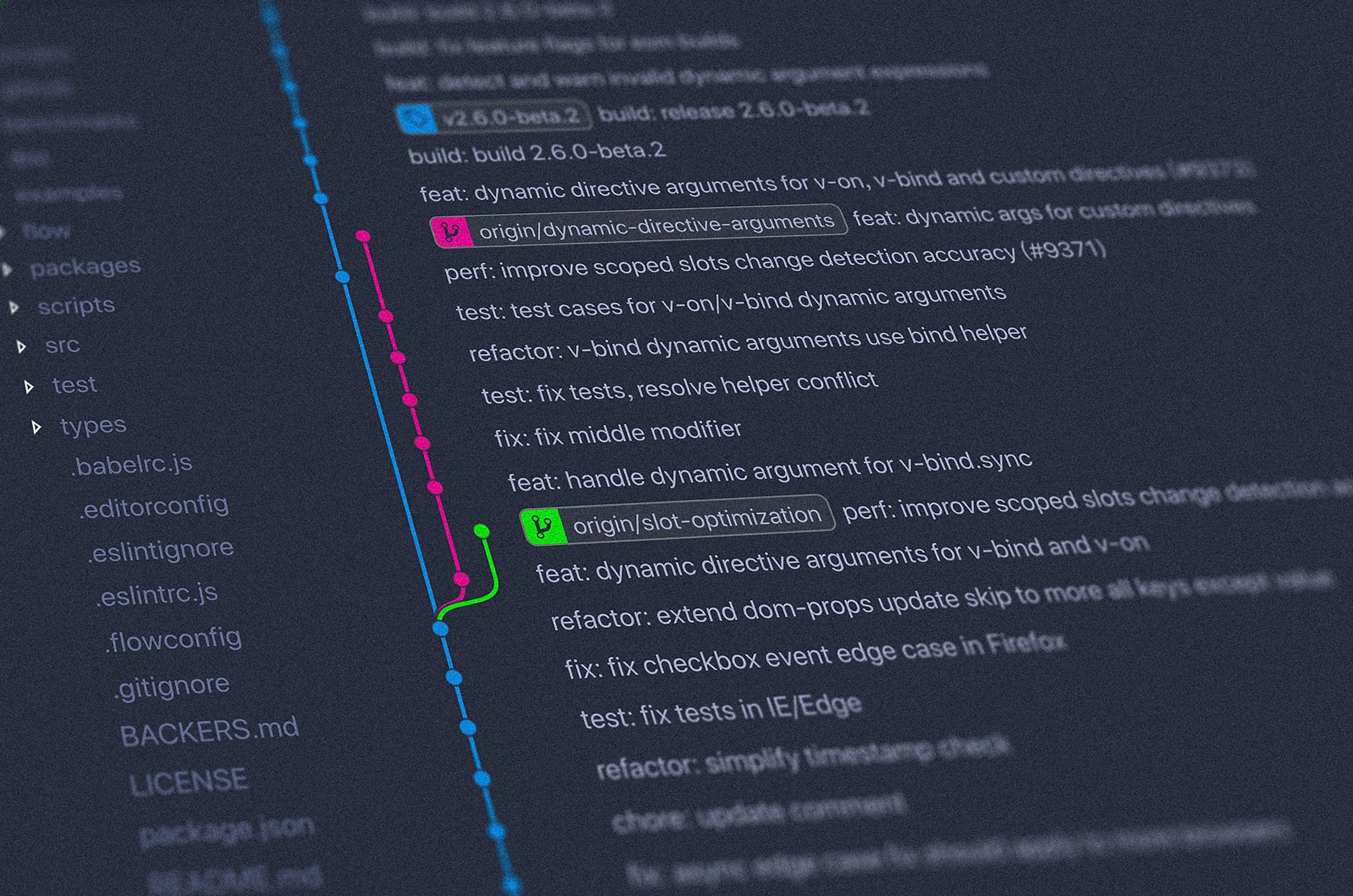Mastering Visual Hierarchy in Web Design: A Complete Guide
In today’s digital age, websites are not just about aesthetics; they are about functionality and user experience. An integral part of creating an intuitive user experience is understanding and implementing visual hierarchy in web design. But what exactly is visual hierarchy, and why is it so crucial?
What is Visual Hierarchy in Web Design?
Visual hierarchy in web design refers to the arrangement and presentation of elements in a way that guides users’ eyes to the most important content first. This strategy is significant because it influences how users interact with your site and understand information. An effective visual hierarchy draws attention to key components and enhances overall usability.
Why Visual Hierarchy Matters
A well-defined visual hierarchy can make or break a website’s effectiveness. According to a study by Adobe, 38% of people will stop engaging with a website if the layout is unattractive or the content is poorly structured. By prioritizing visual hierarchy, you ensure that users can easily navigate your site and find the information they need without frustration.
Principles of Visual Hierarchy in Web Design
Achieving the perfect balance of visual hierarchy involves several key principles. Here are some essential elements that can help:
1. Size and Scale
Larger elements naturally draw the eye and imply importance. Headlines, for instance, should be more prominent than subheadings or body text. This principle ensures users can quickly identify the primary message of a page.
2. Color and Contrast
Color choices can also play a vital role in visual hierarchy. Use contrasting colors to highlight critical actions, like call-to-action buttons. The Nielsen Norman Group recommends high contrast between text and background for better legibility.
3. Typography
Selecting the right fonts and font sizes contributes greatly to visual hierarchy. A study by MIT shows that fonts affect readers’ emotional responses. Use typography to enhance readability and impact, ensuring headers are distinctive and body text remains clear.
4. Spacing and Proximity
Proper use of white space, also known as negative space, helps to declutter a page and guide the user’s focus. Group similar items together to create an organized and intuitive layout, making the content easier to digest.
5. Alignment and Composition
Aligning elements can create a visual connection between items, helping guide the user through your content. Good composition involves arranging elements in a way that feels balanced and promotes a smooth flow of information.
Implementing Visual Hierarchy: Practical Tips
To effectively implement visual hierarchy in your web design, consider these actionable steps:
- Create a Wireframe: Before designing, draft a layout with a wireframe to plan the placement of critical elements.
- Prioritize Actions: Determine which actions you want users to take and design the layout to highlight these paths.
- Experiment with A/B Testing: Test different layouts to see which hierarchy strategies work best for your audience.
- Utilize Feedback: Gather user feedback to understand how visitors navigate your site and adjust your design accordingly.
Conclusion
The significance of visual hierarchy in web design cannot be overstated. By strategically guiding users’ attention, you enhance the overall user experience and drive engagement. Whether you are a seasoned designer or a novice, mastering visual hierarchy can elevate your website’s design and effectiveness. As you integrate these principles, remember that your primary goal is to create an inviting, intuitive, and efficient user journey. Embrace these strategies, and watch your web design transform into an engaging digital experience that captivates and converts.




